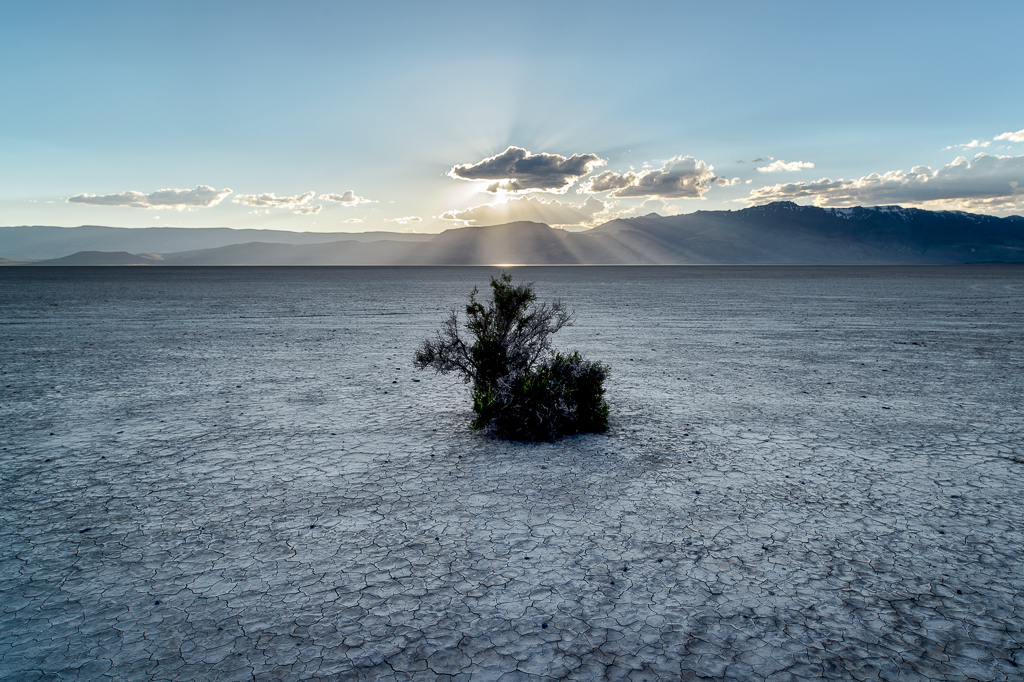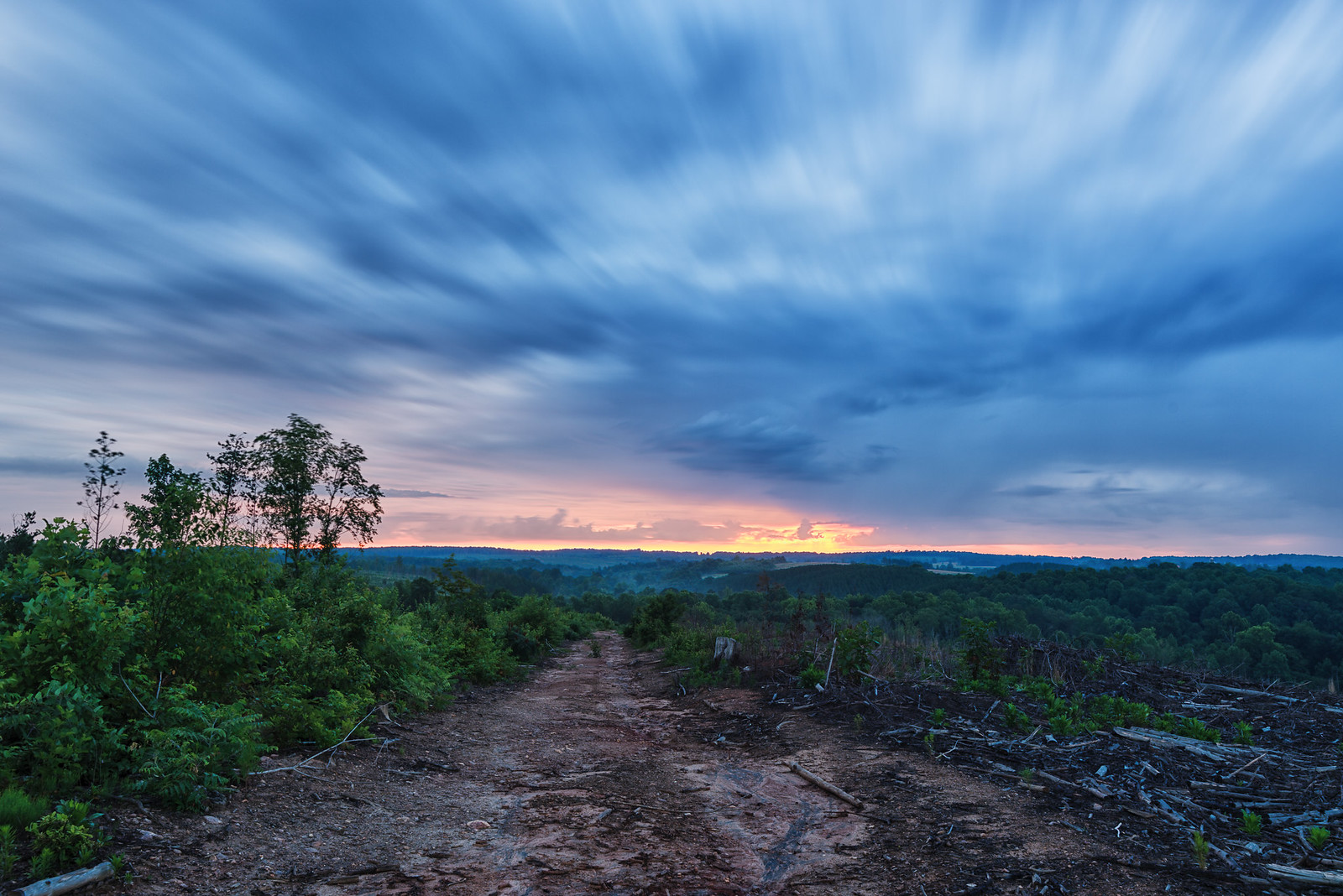 Originally posted by UncleVanya
Originally posted by UncleVanya 
Would HDR work with the slow shutter blurred water?
haven't tried that on real slower shutter speeds, but I guess it could work ,myself I just tried HDR on faster shutter speeds on moving water (like the one I attached on this posting), which worked quite well- I think, the longer the less troubles you might have with odd artifacts.
one reason I never tried with real long shutter speeds is also I mostly lacked patience maybe to stand several minutes just beside my camera

and to my personal taste- especially moving water like here is always bit tricky, it's a lot finding the right amount of blur, too much looks very strange to me ...I will maybe give try next time I'm out...
I'm bit more curious pixelshift will turn out , given it's best used on static sceneries...
---------- Post added 08-08-18 at 01:10 PM ----------
 Originally posted by normhead
Originally posted by normhead 
Moisture in the sky. With a K-1, you may have to go as far as -3 EV to correctly expose the sky in an image like yours. It's much easier to resurrect shadow detail, than it is to get a blown out sky to look good.
Notice on this image my exposure bias is -1. Typically I shoot with exposure biases of 0, -1, -2 and -3 for this type of image, then pick the best one at home on the computer.
But there will be times when you have to pick a compromise. You have to either sacrifice sky or shadow, based on what is more important because the dymnai range in nature can be 22 stops and your camera can only cover 15. Yours is a really tough image because you want detail at both ends of the EV range. A neutral setting will both underexpose the darker areas, while over-exposing the lighter areas for the same exposure. And how much you want to offset the exposure, shifting the mean exposure up or down, is very difficult to determine, before you get to the computer and start your post. I've had many images where I start processing the image I like most I find I have to use the next image either darker or lighter to get what I want.
The general rule here is burn the sky, dodge the shadows, and having four or five exposes to wrk with usually gets you what you want. Used to take the sky from one photo and paste it over thelande and water from a different exposure. I find with any Pentax camera after the K20D, that's rarely necessary. I can do jus as good from the K-1 file, as long as I have enough exposures to choose from.
in the beginning with my K-3 I often shot at -4EV, especially during nights in midnightsun- after a while I've gotten a good feel how much is needed not to have blown out highlights...I didn't really edit much on that shot yet, as this banding irritated me already after applying the automatic settings on that exposure- dodging the shadows is absolutely no problem here
---------- Post added 08-08-18 at 01:17 PM ----------
 Originally posted by Rondec
Originally posted by Rondec 
I find that I get that most when I try to pull back highlights that are blown. This image, the area around the sun is pretty blown out. I could have tried to pull back the highlights a bit more, but my experience in lightroom is that I would get minimal benefit with regard to the highlights, but I would start to get a halo along the edge of the blown out area.
I know the problem quite well

the kind of banding on the K-1 was just something I haven't had before like this...in terms of lightroom- ever since adobe brought out the cc-only version I have some tools at hand, that allow me a bit better to recover some parts than in LR6, but still best for me is simply to avoid blown-out highlights right at the shot. only downside for me right now is I cannot use my filters on the Irix-lens, which would make it easier for me to work situations like this


 Similar Threads
Similar Threads 







 on the K-3 I usually knew already quite well how much I need to underexpose to keep a good sky...
on the K-3 I usually knew already quite well how much I need to underexpose to keep a good sky...


 and to my personal taste- especially moving water like here is always bit tricky, it's a lot finding the right amount of blur, too much looks very strange to me ...I will maybe give try next time I'm out...
and to my personal taste- especially moving water like here is always bit tricky, it's a lot finding the right amount of blur, too much looks very strange to me ...I will maybe give try next time I'm out...




 Post #4 by tuco
Post #4 by tuco








